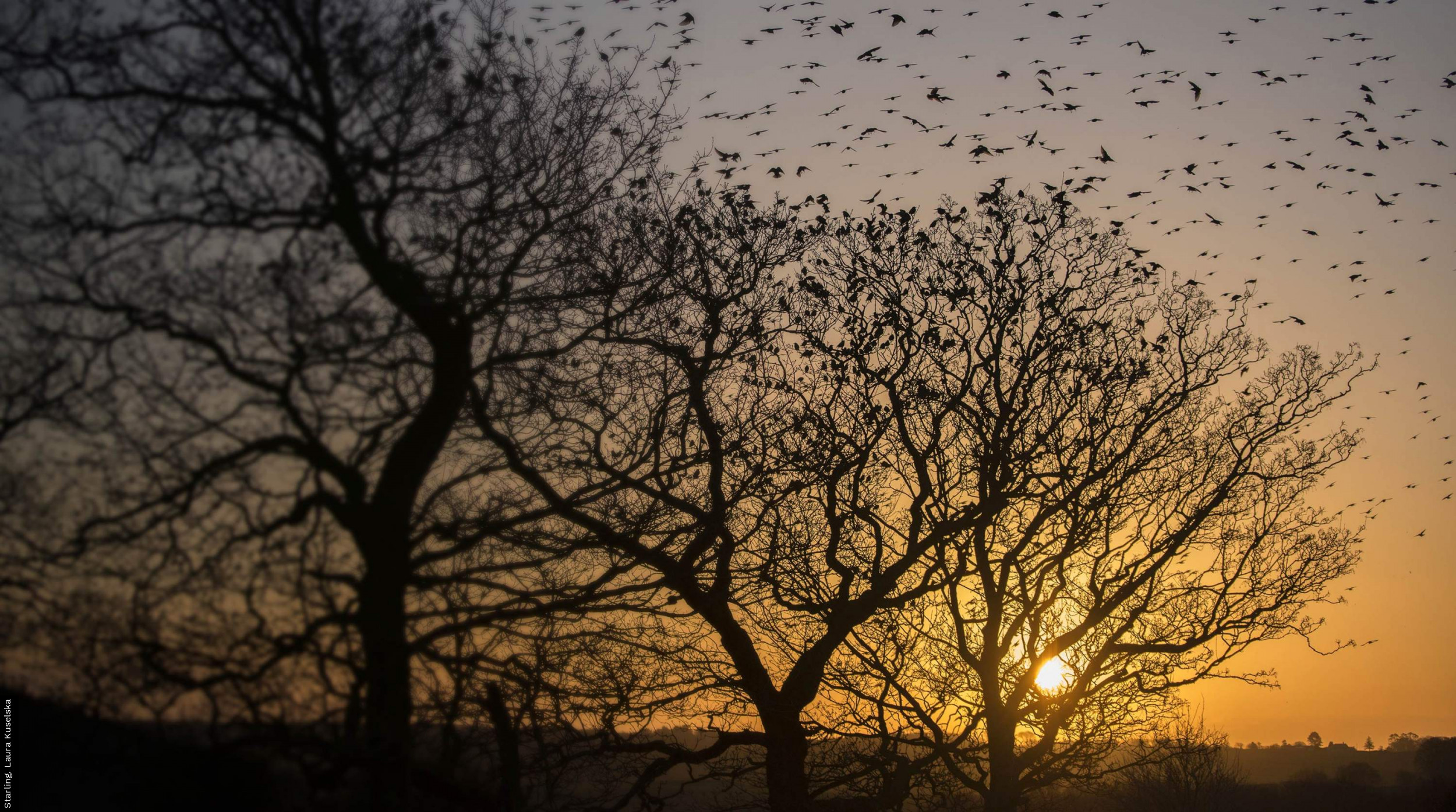Pilot study to investigate Oystercatcher (Haematopus ostralegus) feeding behaviour to enhance bird food modelling and shellfisheries management on The Wash
Author(s): Clewley, G.D., Franks, S.E., Clark, N.A. & Robinson, R.A.
Published: April 2021 Issue No.: 735 Pages: 30pp
Journal: BTO Research Report 735
Download article 853.92 KB application/pdf
Abstract
The Wash is an important and protected estuarine system in the UK supporting large aggregations of wintering birds, as well as a variety of commercial industries such as considerable shellfisheries. The winter population of Oystercatcher (Haematopus ostralegus) on The Wash is c. 20,000 individuals and has been shown previously to be sensitive to declines in shellfish abundance. Consequently modelling approaches are used to set sustainable limits of shellfish take to ensure both conservation and commercial interests are balanced. These models require parametrisation using data collected on the waders within The Wash.
We deployed 10 solar powered GPS-GSM devices to Oystercatchers using leg-loop harnesses to investigate their daily movements around The Wash during the 2020/21 winter. It was only possible to deploy devices at a single site on the eastern shore of The Wash during this pilot study.
Device performance was not known during winter deployments in the UK. Solar recharging performance was poorer than anticipated but nonetheless between 4–24 GPS fixes were recorded per day for 35–64 days between deployments in November/December up until mid-February.
All tagged individuals made use of multiple roost sites throughout the tracking period. Seven birds remained on the eastern shore but apparently moved freely up and down the coast. Two individuals made repeat visits between the east and west shores of The Wash over the winter but spent the majority of time near the catch site. One individual left the site entirely for c. 1 month, moving up to the Humber Estuary before returning to The Wash. The mean (± S.E.) maximum distance recorded away from the previous high tide roost location during the following low tide was 5.8 ± 0.14 km.
Our findings confirm that while patch switching does occur, and even visits outside of the estuary system entirely, this was a minority strategy for the sample of birds tracked in this study and individuals mostly remained close to the roost location where they were originally caught. However, it is expected that individuals caught at different sites and from different age classes may behave differently. Recommendations are made for expanding this pilot work to ensure a representative sample of birds is included from multiple sites.
The devices used in this study were suitable for investigating broad individual movement patterns over a period of several months and benefited from flexible programming. Alternative lower power options might be more suitable however for investigating fine-scale behaviour where a higher temporal resolution is required.
Notes
We would like to thank Natural England and EIFCA for funding this work and providing relevant data. This work was also made possible through the efforts of members of the Wash Wader Ringing Group (WWRG), especially Steve Dodd and Rachel Taylor for leading the Lincolnshire catch efforts and Jacquie Clark, Phil Atkinson, Cathy Ryden, Lizzie Grayshon and Ryan Burrell for supporting catch efforts at Heacham and checking all field data. We would also like to thank Natural England and all the landowners who provide permission for the catching activities of the WWRG. Ornitela were also extremely helpful in liaising over the device programming and providing bespoke attachment options for the devices. Finally we would like to thank Jez Blackburn (British Trust for Ornithology – BTO) and the members of the Special Methods Technical Panel (SMTP) for processing our application to carry out this work in a timely way.








Share this page